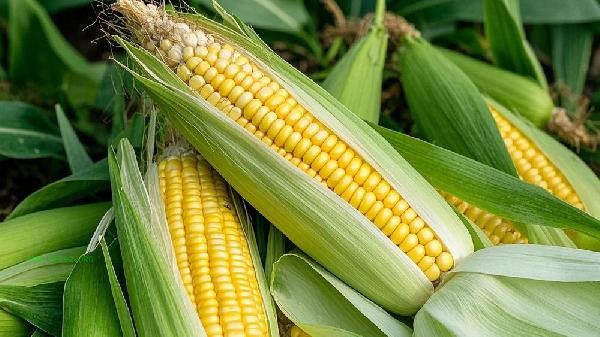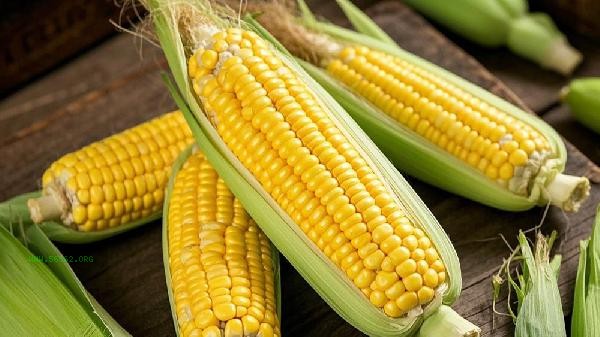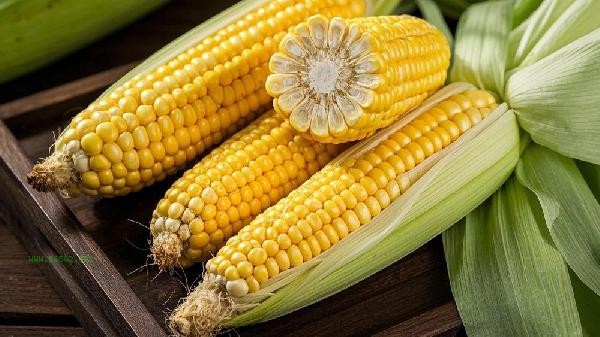To determine whether corn is cooked, methods such as observing color, testing softness and hardness, and smelling odor can be used. Cooked corn has a brighter color, full and easy to peel off particles, and can be easily penetrated with chopsticks or forks. It also emits a strong sweet aroma. Corn undergoes significant physical changes during the heating process. Raw corn kernels are light yellow or white in color, with a hard texture and tightly arranged, making them difficult to separate. As the water temperature increases, corn starch gradually gelatinizes, the particles expand and become transparent, and the color turns bright yellow or golden yellow. When pressed with nails, raw corn leaves obvious indentations and cloudy juice, while ripe corn shows elasticity and clear juice. The undercooked corn cob has a lower temperature, so it is necessary to ensure that the entire corn is evenly heated. Special varieties such as glutinous corn or fruit corn require longer cooking time. Glutinous corn has a high starch content, and complete gelatinization takes longer. Even if the outer shell becomes soft, there may still be a hard core. Fruit corn has a high sugar content and is prone to sugar coking due to excessive heating. It is necessary to control the heat. Old corn has thicker fiber, it is recommended to soak it in advance or extend the cooking time. If using a pressure cooker or microwave oven, adjust the duration according to the equipment power to avoid jamming or excessive decay.

When choosing fresh corn, pay attention to the green bracts and moist roots. Corn sugar stored for too long will be converted into starch, affecting the taste. When cooking, one or two layers of bracts can be retained to help lock in moisture, and adding a small amount of salt or sugar to the water can enhance the flavor. After cooking, consume as soon as possible to avoid retrogradation. Corn stored in refrigeration should be steamed thoroughly when reheated. Those with weak gastrointestinal function are recommended to chew fully, and those with diabetes need to control the consumption. Combining high-quality protein and dietary fiber foods can delay the rise of blood sugar.










Comments (0)
Leave a Comment
No comments yet
Be the first to share your thoughts!